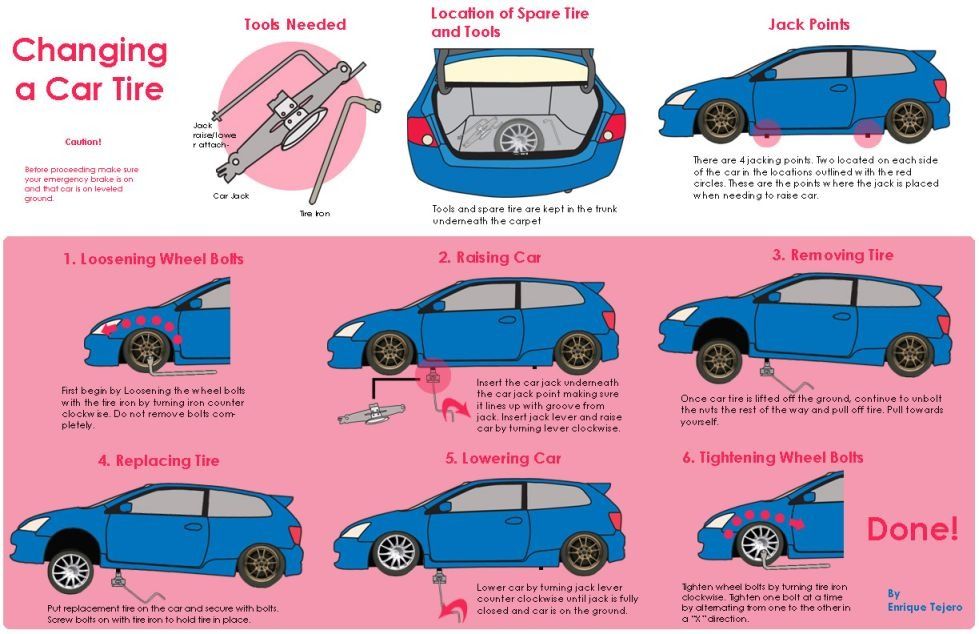Every year in the U.S., tire-related crashes cause 200 fatalities, according to the National Highway Traffic Safety Administration. Thankfully, it’s easy to monitor your tires, and how to tell if you need new tires, with a quick video and some basic information.
The primary functions of the tread on your tires are to grip the road and to divert water that causes hydroplaning. Tires with plenty of tread can help you maintain control and reduce your chances of getting a flat. With a quick monthly check of your tread and tire pressure, you’ll know if you need to replace your tires.
Tread wear bars are small, raised bits of rubber that run between the tread blocks. As these bars become even with the top of the tread, it is likely time for new tires. See more about tread wear bars below.
Tires will wear down over time, even if you don’t drive much. Sunlight, heat, and chemicals used to melt snow and ice can reduce rubber flexibility, causing tires to crack, lose air, and eventually fail.
There are many factors that may cause uneven wear, which could shorten the life of your tires. Vehicle alignment, tire pressure, lack of rotation, and/or worn steering and suspension components can all contribute to this problem. To prolong the life of your tires and reduce uneven wear, consider getting them rotated at consistent intervals. At Les Schwab, we recommend getting them rotated every 5,000 milles. The pros at Les Schwab will also conduct a free visual inspection of your steering and suspension components. Schedule your free, pre-trip safety check today.
All tires deflate slowly over time, usually about 1 PSI (pounds per square inch) per month. Check yours monthly to keep them properly inflated. If your tires continually lose air or seem to completely deflate without warning, you may need to stop by Les Schwab for tire repair or replacement if necessary. Does the TPMS (Tire Pressure Monitoring System) light often appear on your dash? This could mean your tires have developed a slow, continuous leak.
Check yours monthly to keep them properly inflated. If your tires continually lose air or seem to completely deflate without warning, you may need to stop by Les Schwab for tire repair or replacement if necessary. Does the TPMS (Tire Pressure Monitoring System) light often appear on your dash? This could mean your tires have developed a slow, continuous leak.
If you hit a curb, pothole or other obstacle, your tires can develop sidewall bulges due to a break of the inner liner. These bulges can rupture causing a potentially unsafe situation. If you spot a bulge on your tires, get to your nearby Les Schwab and have your tires inspected.
If you experience new vibrations or thumping while driving, it could be a sign that one of your tire/wheel assemblies is out of balance. It could also indicate a suspension issue. Stop by your local Les Schwab and our professionals will check your tires, steering, and suspension.
All tires sold in the United States today have what are called tread wear bars. The tread wear bars on your tires are there to help you see how much tread you still have. These wear bars are small, raised bars of rubber in the grooves of your tire. Look at the tread pattern and you’ll see these bars running between the tread blocks.
The tread wear bars on your tires are there to help you see how much tread you still have. These wear bars are small, raised bars of rubber in the grooves of your tire. Look at the tread pattern and you’ll see these bars running between the tread blocks.
Look at the tread pattern and you’ll see these bars running between the tread blocks. As your tires wear, these bars will become increasingly flush with the tire’s tread. It’s important to replace your tires before this happens.
Depending on where and how you drive, and the conditions you face on the road, you might consider getting new tires before they reach that point. City driving in mild conditions may allow you to wait until the tread is closer to the tread wear bar before replacing your tires. More adverse conditions, such as rain, snow, and unpaved roads, may require you to replace your tires earlier.
An easy way to check the tread on your tires is to do the penny test. Take a penny and place Lincoln’s head in one of the grooves of the tire tread. If you can see all of Lincoln’s head, it’s time to replace the tire.
Take a penny and place Lincoln’s head in one of the grooves of the tire tread. If you can see all of Lincoln’s head, it’s time to replace the tire.
If the penny goes in enough that the tire tread is at least as deep as Lincoln’s forehead, your tires are generally considered safe and do not need replacing. Check all four of your tires when conducting the penny test.
You’ll find your next set of tires at Les Schwab. You also find our world-class customer service at a tire shop near you that cares about your safety on the road.
SHOP TIRES
US Markets Loading... H M S In the news
Chevron iconIt indicates an expandable section or menu, or sometimes previous / next navigation options. HOMEPAGETransportation
Save Article IconA bookmarkShare iconAn curved arrow pointing right. Read in app A Dodge Challenger Hellcat. Dodge
Read in app A Dodge Challenger Hellcat. Dodge Thanks for signing up!
Access your favorite topics in a personalized feed while you're on the go.
Most drivers seldom spend much time thinking about the health of their tires. The fact that our tires are so often overlooked is most unfortunate. Tires play an integral role in the safety and performance of our cars.
Maintaining proper tire pressure and tire health can drastically improve handling and braking performance. According to Edmunds.com senior consumer advice editor Ron Montoya, drivers should check their tire pressure at least once a month.
Read more: 12 things you should keep in your car at all times in case of a disaster.
"A lot of people just wait until the (tire pressure monitor) light to come on," Montoya said. "That's not when you should be replacing the air in your tires. At that point, it's actually a little too late and it's an emergency situation."
But there will come a time when you will need to replace the tires on your car.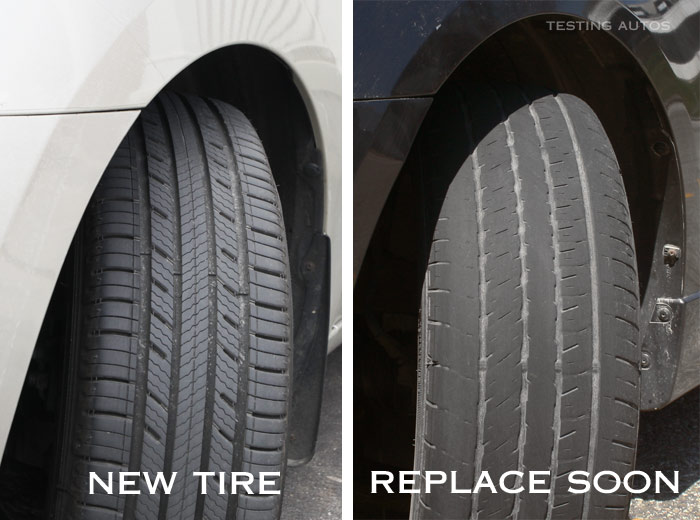 Here are seven signs that it's time to for new tires.
Here are seven signs that it's time to for new tires.
If your tire is losing air pressure. That could be a sign of a small leak. You could either have the patched or replaced.
Naturally, when the tread on your tires gets too low, it's time for fresh rubber.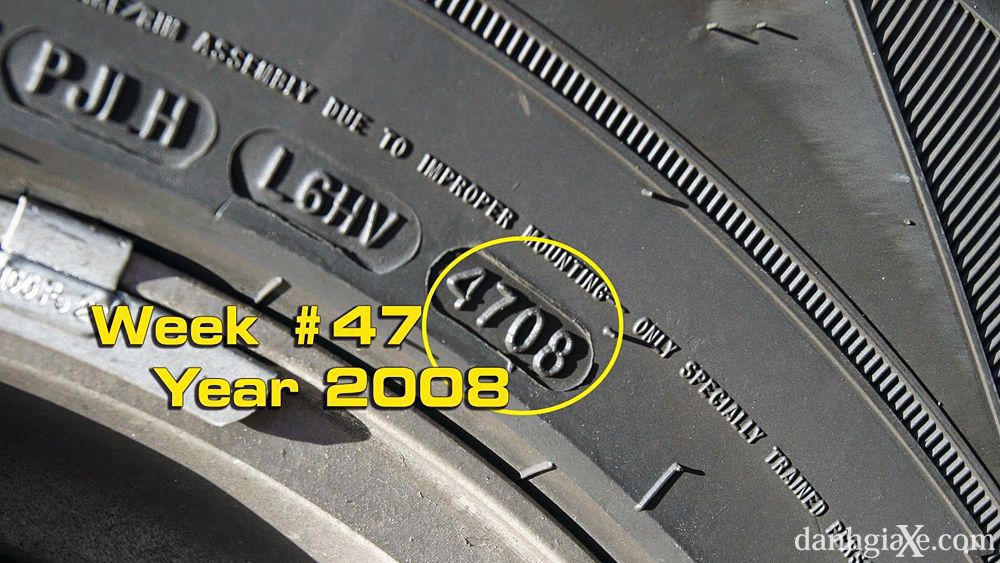 An easy way to see if your tread is too low in the US is the penny test. Place a penny in the grooves between the treads on your tires with Lincoln's pointing down. If you can still see the top of Lincoln's head, then the tread is too shallow and new tires are in order.
An easy way to see if your tread is too low in the US is the penny test. Place a penny in the grooves between the treads on your tires with Lincoln's pointing down. If you can still see the top of Lincoln's head, then the tread is too shallow and new tires are in order.
There will be instances where the tread on a tire wears off at different rates. Sometimes, parts of a tire can look perfectly fine while other parts are worn downs to the cords. Uneven tire wear can be the result of improperly inflated tires, misaligned wheels or even damaged suspension parts.
 Getty Images
Getty Images Weird or excessive noise and vibrations coming from your tires even on smooth roads could be an indicator of a myriad of issues ranging from worn suspension parts to poor wheel alignment to improperly inflated tires. Regardless, it's a sign something is wrong with your car and you should probably have your car looked at by a mechanic. The issue causing the vibration may have damaged the tire or caused uneven tread wear which means they may have to be replaced.
Sometimes bubbles can develop on the sides or even on the threads of tires. The bubbles can be caused by production defects but can also be the result of air getting in between the various internal layers of the tire. Either way, it's time for a new tire.
The bubbles can be caused by production defects but can also be the result of air getting in between the various internal layers of the tire. Either way, it's time for a new tire.
If the rubber in your tires has cracked, it's time for new tires. Cracks are a sign that the rubber has degraded that can be due to age or improper use.
If you've owned a car a long time and the tires haven't been changed, it's probably time for a fresh set even if they look like there's plenty of tread left.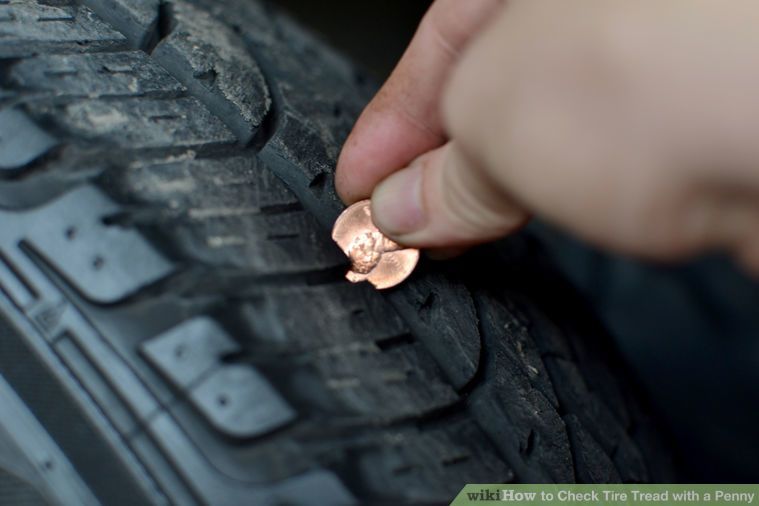 According to Firestone, most vehicle manufacturers recommend replacing your tires every six years while tire manufacturers recommend a fresh set after 10 years.
According to Firestone, most vehicle manufacturers recommend replacing your tires every six years while tire manufacturers recommend a fresh set after 10 years.
Read next
Features BITranspo CarsMore...
Advanced search
Just like your feet hurt after a long walk, the tires on your car take a hit every time you drive. This is not a sign of bad driving - it is rather an inevitable fact of life. Rubber ages and wears out. And since tire damage while driving can be disastrous, you need to know when your tires are in very bad condition so you can get new ones before something goes wrong.
Of course, if you have a personal mechanic who periodically inspects your car, he will probably tell you if the tires are worn out, but there are a few obvious facts that will point you to the need for a visit to the local car service.
We have listed five warning signs that will tell you when it's time to buy tires.
 In fact, it requires a penny. You need to take a coin with a denomination of one ruble, insert the eagle's tail into the protector. If the eagle's tail remains visible, you are missing a protector. Need a new set of tires.
In fact, it requires a penny. You need to take a coin with a denomination of one ruble, insert the eagle's tail into the protector. If the eagle's tail remains visible, you are missing a protector. Need a new set of tires.  This could be a sign that your tire is about to bulge. This is definitely something you want to avoid. So if the cracks in the sidewall begin to look threatening, we rush to the car service.
This could be a sign that your tire is about to bulge. This is definitely something you want to avoid. So if the cracks in the sidewall begin to look threatening, we rush to the car service.  So if your car vibrates on a normal road, take it to a mechanic. Constant vibration is almost always a sign that something is wrong.
So if your car vibrates on a normal road, take it to a mechanic. Constant vibration is almost always a sign that something is wrong. So, if most of these signs apply to you, then you can start choosing a new tire in our tire catalog.
Irina Zverkova
Estimated reading time: 4 minutes
136668
RIA Novosti
Tires are one of the most important components of a vehicle to ensure driving safety. Proper use of summer and winter tires during the season improves handling and saves the car owner money. But some drivers not only postpone changing tires depending on the weather, but also continue to use the same tires for several seasons. At the same time, wheel wear becomes more and more, and the threat that the tires will not cope with holding the car increases.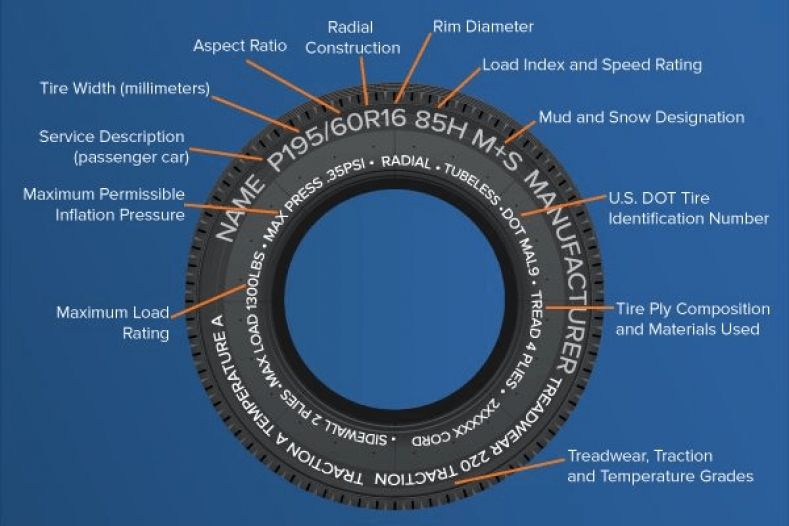
The tire tread is responsible for connecting the car to the road. This is the outer layer of rubber, which contains a certain pattern, suitable for different operating conditions. For summer tires, the removal of water from the contact patch is relevant, for winter tires - improved grip on slippery surfaces, for off-road tires - maximum cross-country ability. Regardless of the purpose of the tire, one of the important characteristics of the tread is its height or depth. This is the distance from the outer edge of the tire to the "bottom" of the groove. For new modern car tires, the height starts from 5 mm. For ordinary summer passenger tires, this value is 6–8 mm, for winter tires it is 8–10 mm, for SUVs it is 15–20 mm.
When the tread wears out (reducing its depth), the driving properties first of all suffer: the car is more prone to aquaplaning. Winter tires lose some of their properties, which are provided by special sipes and studs. It is important to consider that different brands and models have different rubber composition, so some wheels “run” longer.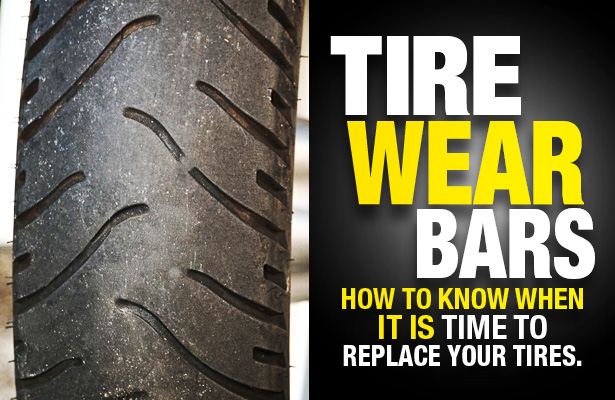 The driving style also affects wear - more aggressive starts and active braking shorten the life of the tire.
The driving style also affects wear - more aggressive starts and active braking shorten the life of the tire.
9 is considered critical for tire wear0059 tread height of 1.6 mm for summer tires and 4 mm for winter .
Height can be measured using the ruler with the depth gauge or caliper.
Those who do not have such tools can use a regular 10-kopeck coin placed in one of the grooves. If the word "kopecks" is hidden, it means that the tire is almost new and does not require replacement. If the tread covers only the floral ornament on the winter tire, then it will soon need to be changed; if it’s in the summer, the replacement will have to wait. If only the rim of the coin is hidden, you need to urgently install new tires.
On the left is a worn tire, on the right is a nearly new tire. Photo: AiF / Irina Zverkova Many modern manufacturers make wear indicator on tires (this is a protrusion perpendicular to the axis of rotation of the tire) or lay a special colored layer that becomes visible when the tire is erased. Their manifestation serves as a signal for the car owner to change tires.
Their manifestation serves as a signal for the car owner to change tires.
It is important to monitor not only the tread depth, but also the wear uniformity . To be sure that the wheel is in good condition, it is better to measure the tread depth at different places around the circumference along the entire width of the tire. If the inner or outer part is worn out more, then the wear of the tread is taken into account at a minimum value, and it is better for the owner to check the wheel alignment / collapse of the car.
If the vehicle has frequently been driven on bumpy roads, climbed curbs, or the tires have been run half-flat, the sidewalls may have dents, cuts or cracks . It is better to check their condition at the tire shop before the wheel is flat at the most inopportune moment. For example, it may not withstand the loads in a turn, burst and provoke an emergency. You should be especially careful about such damage on low-profile tires.